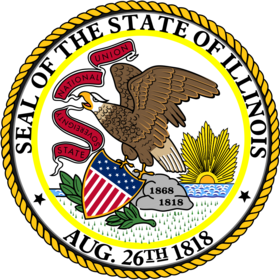Grade 7 - PARCC Examples of Opportunities & Connections
PARCC Examples of Opportunities & Connections
Connections among Standards, Clusters or Domains
Students use proportional reasoning when they analyze scale drawings (7.G.1).
Students use proportional reasoning and percentages when they extrapolate from random samples and use probability (7.SP.6, 8).
Opportunities for In-Depth Focus
| 7.RP.2 | Students in grade 7 grow in their ability to recognize, represent, and analyze proportional relationships in various ways, including by using tables, graphs, and equations. |
| 7.NS.3 | When students work toward meeting this standard (which is closely connected to7.NS.1 and 7.NS.2), they consolidate their skill and understanding of addition, subtraction, multiplication and division of rational numbers. |
| 7.EE.3 | This is a major capstone standard for arithmetic and its applications. |
| 7.EE.4 | Work toward meeting this standard builds on the work that led to meeting 6.EE.7 and prepares students for the work that will lead to meeting 8.EE.7. |
| 7.G.6 | Work toward meeting this standard draws together grades 3-6 work with geometric measurement. |
Connecting Mathematical Content and Mathematical Practices
Mathematical practices should be evident throughout mathematics instruction and connected to all of the content areas highlighted above, as well as all other content areas addressed at this grade level. Mathematical tasks (short, long, scaffolded, and unscaffolded) are an important opportunity to connect content and practices. Some brief examples of how the content of this grade might be connected to the practices follow.
When students compare arithmetic and algebraic solutions to the same problem (7.EE.4a), they are identifying correspondences between different approaches (MP.1).
Solving an equation such as 4 = 8(x - 1/2) requires students to see and make use of structure (MP.7), temporarily viewing x - 1/2 as a single entity.
When students notice when given geometric conditions determine a unique triangle, more than one triangle or no triangle (7.G.2), they have an opportunity to construct viable arguments and critique the reasoning of others (MP.3). Such problems also present opportunities for using appropriate tools strategically (MP.5).
Proportional relationships present opportunities for modeling (MP.4). For example, the number of people who live in an apartment building might be taken as proportional to the number of stories in the building for modeling purposes.
Examples of Linking Supporting Clusters to the Major Work of the Grade
Use random sampling to draw inferences about a population: The standards in this cluster represent opportunities to apply percentages and proportional reasoning. To make inferences about a population, one needs to apply such reasoning to the sample and the entire population.
Investigate chance processes and develop, use, and evaluate probability models:Probability models draw on proportional reasoning and should be connected to the major work in those standards.
